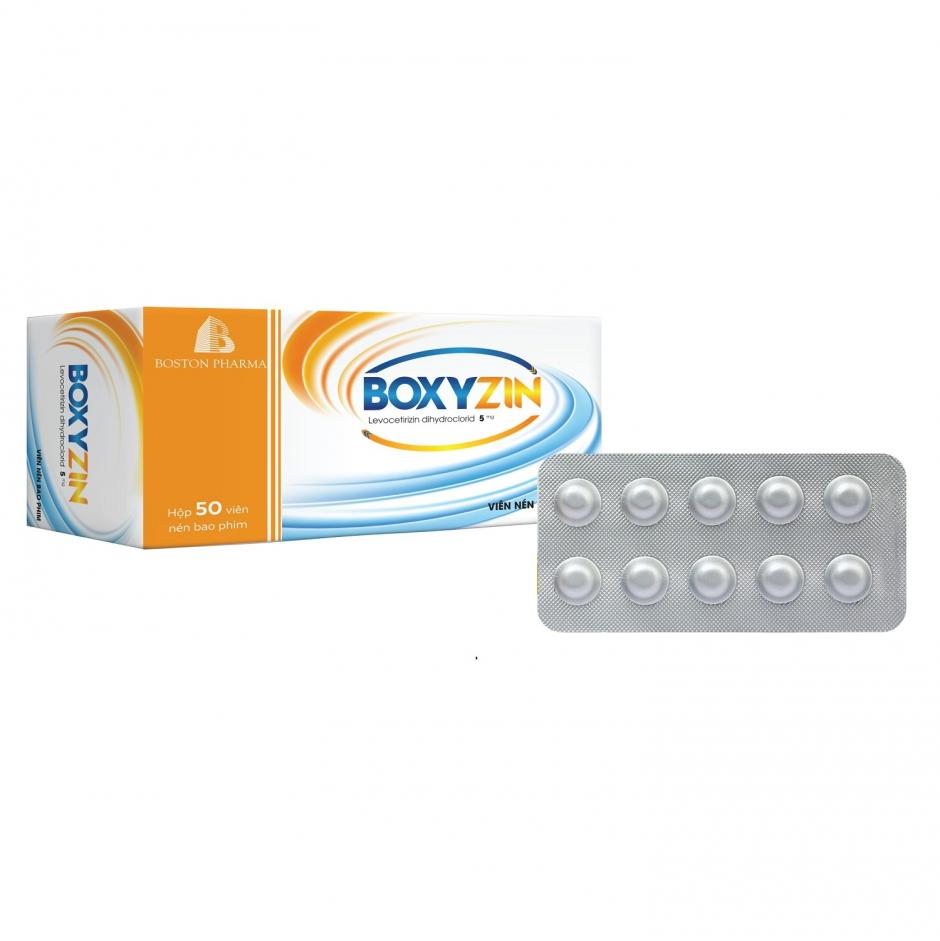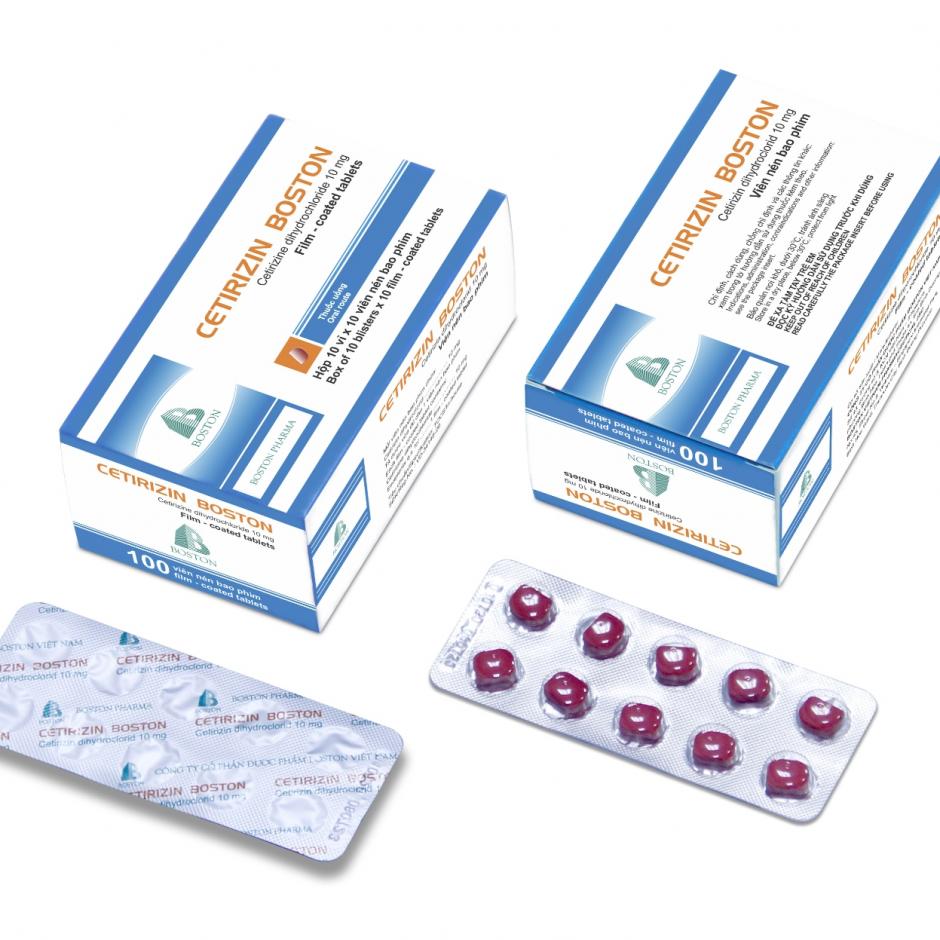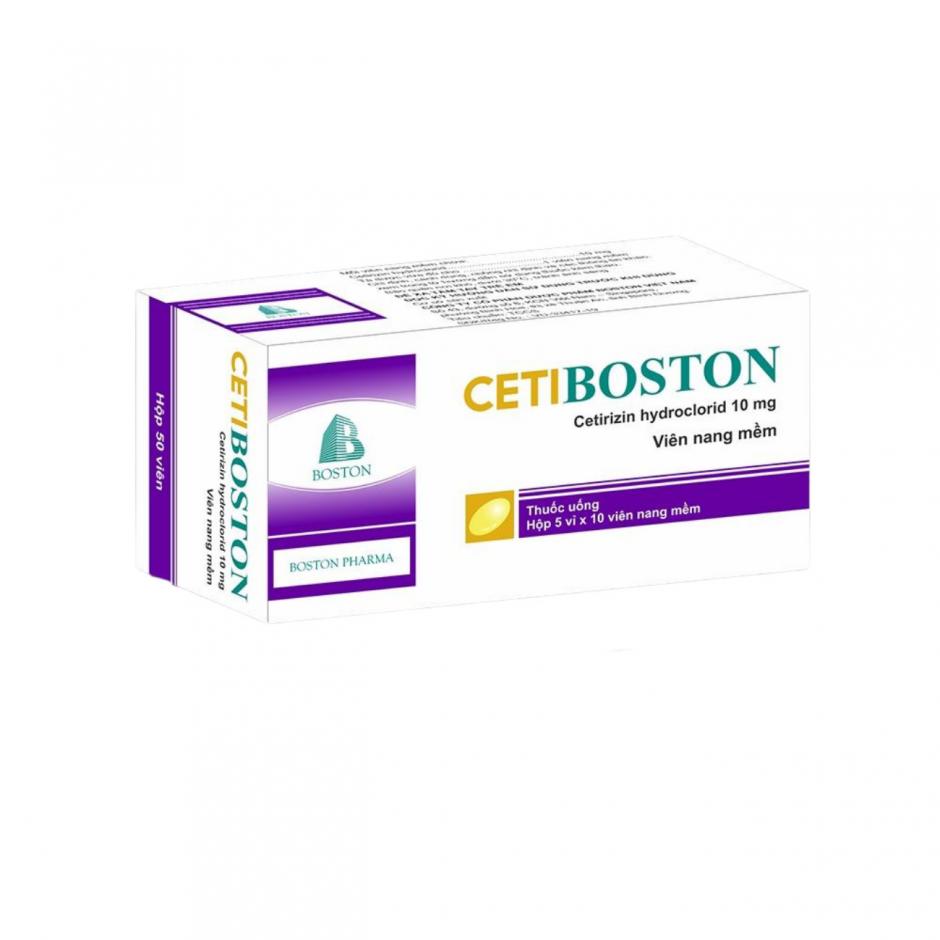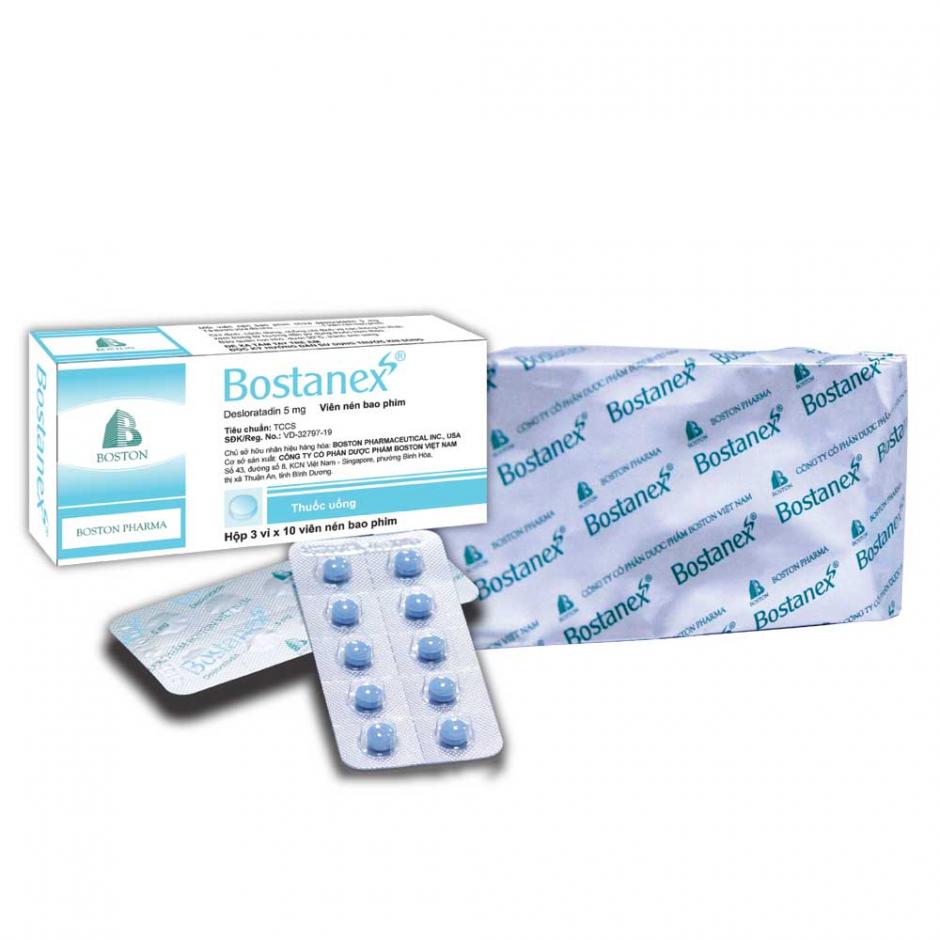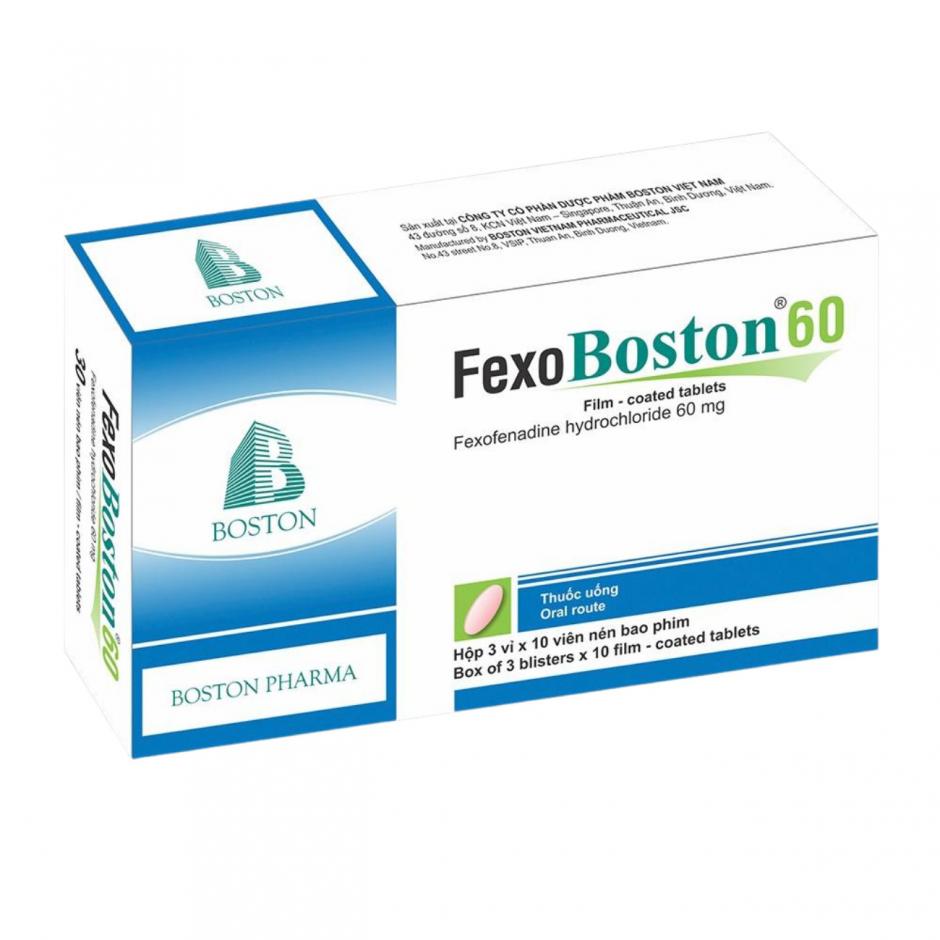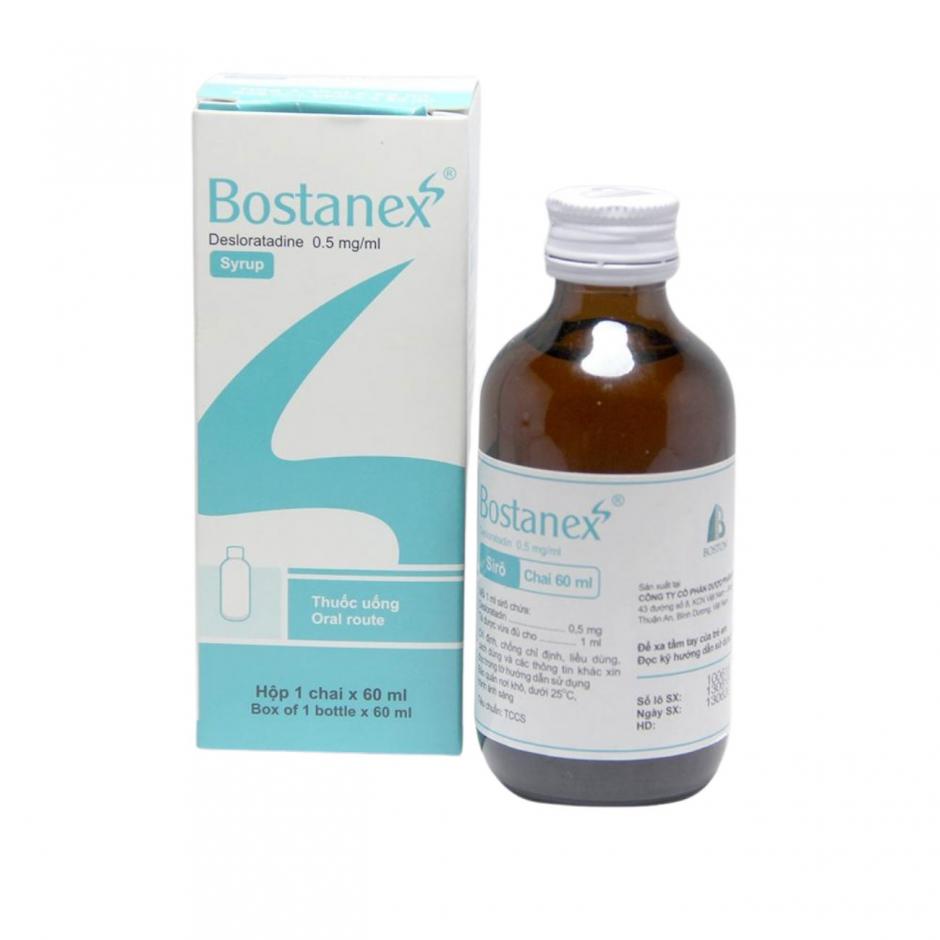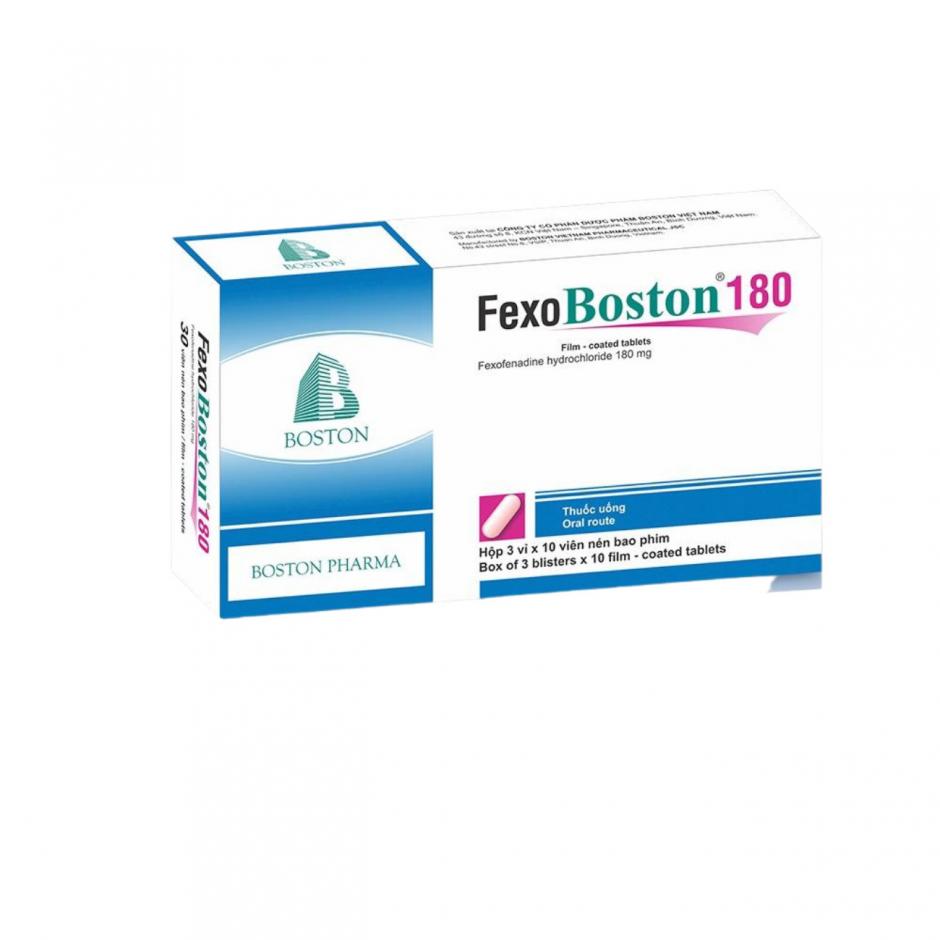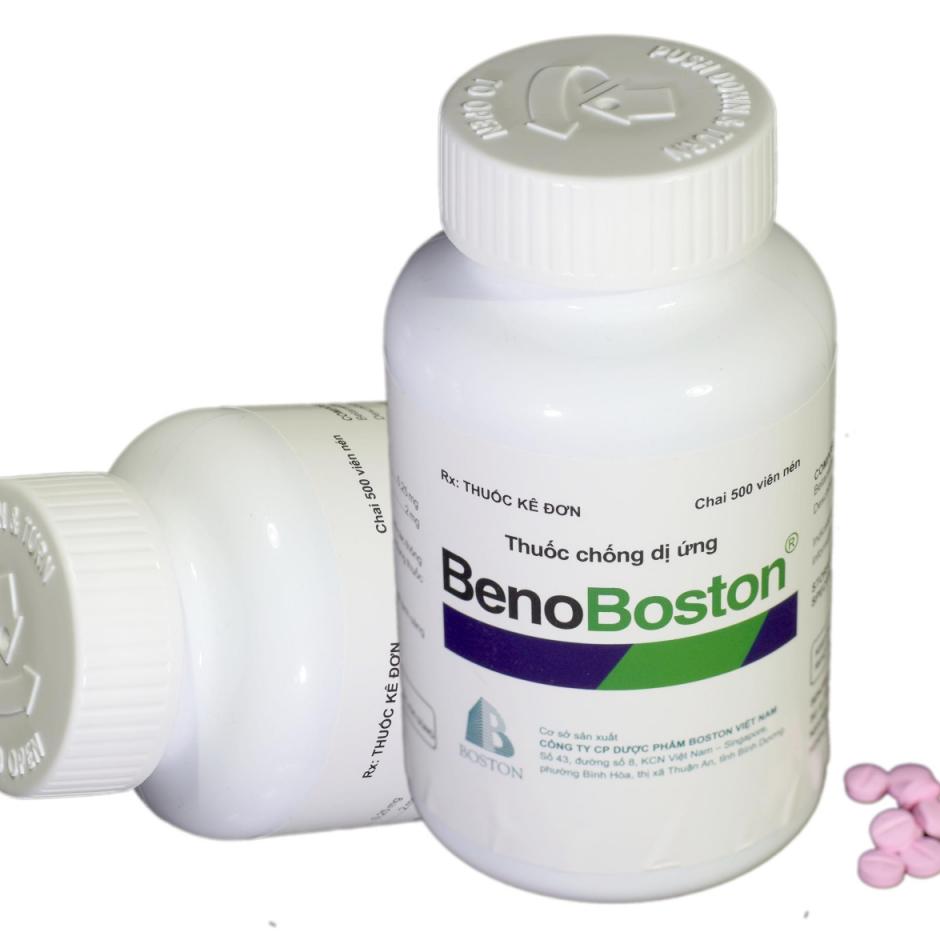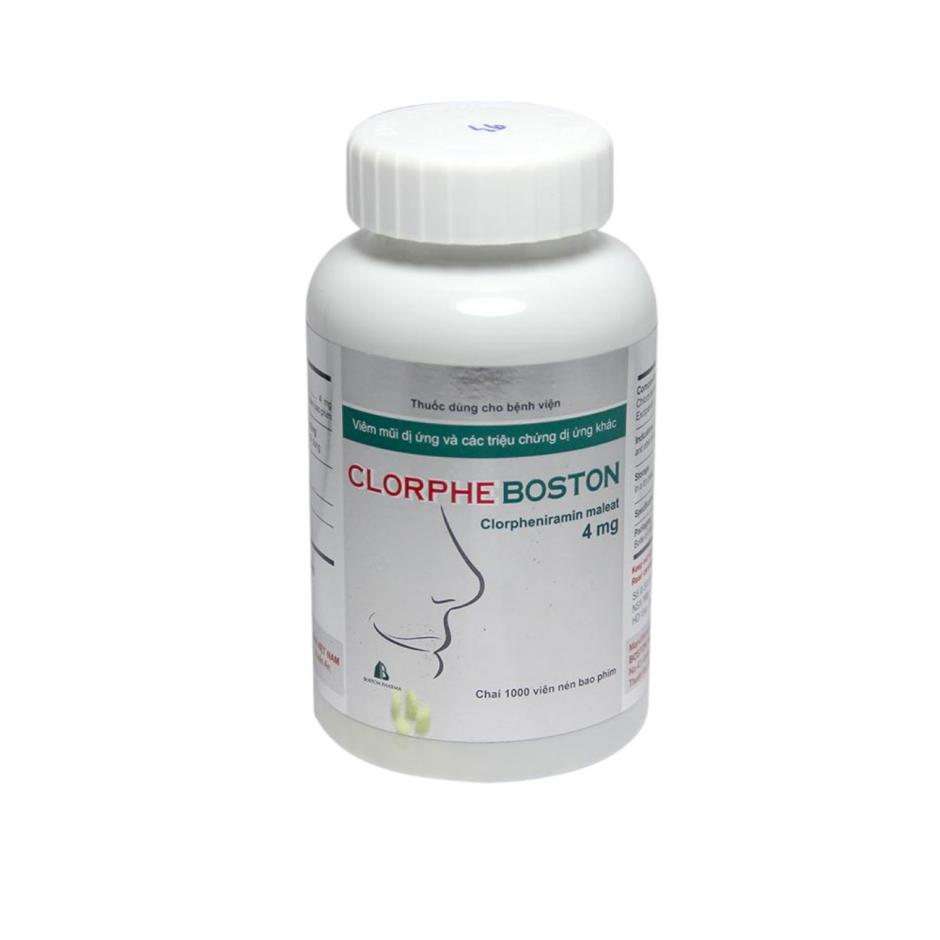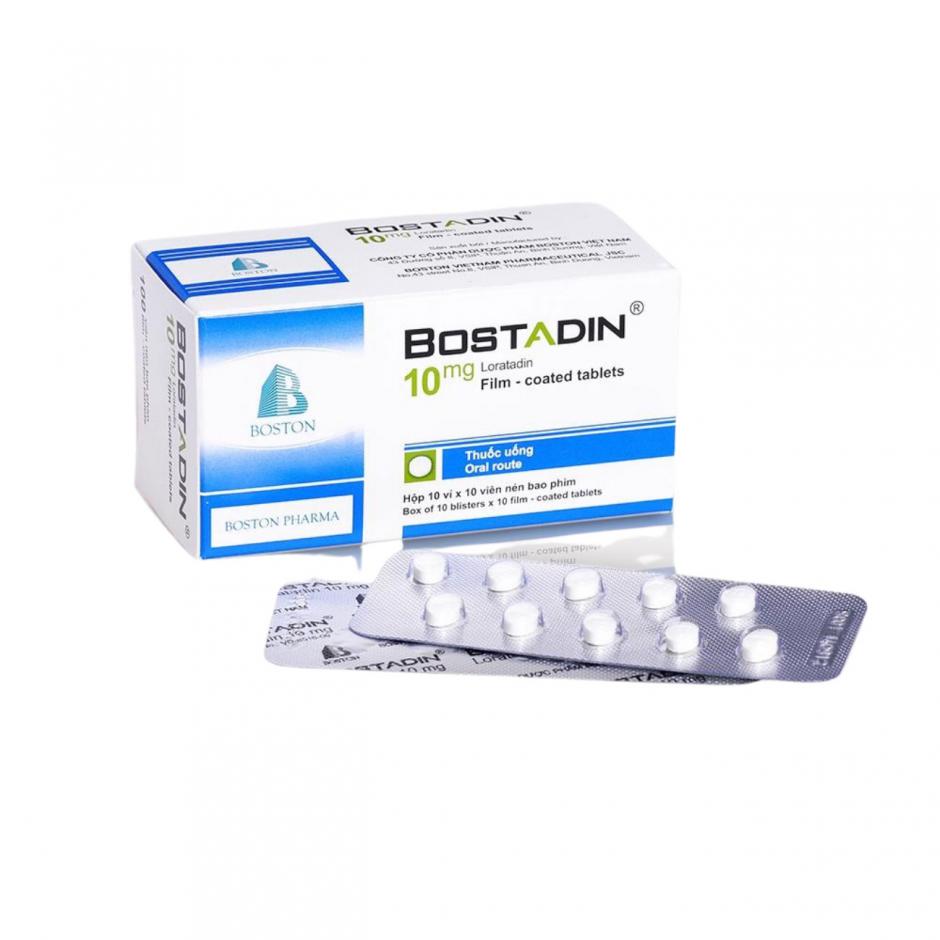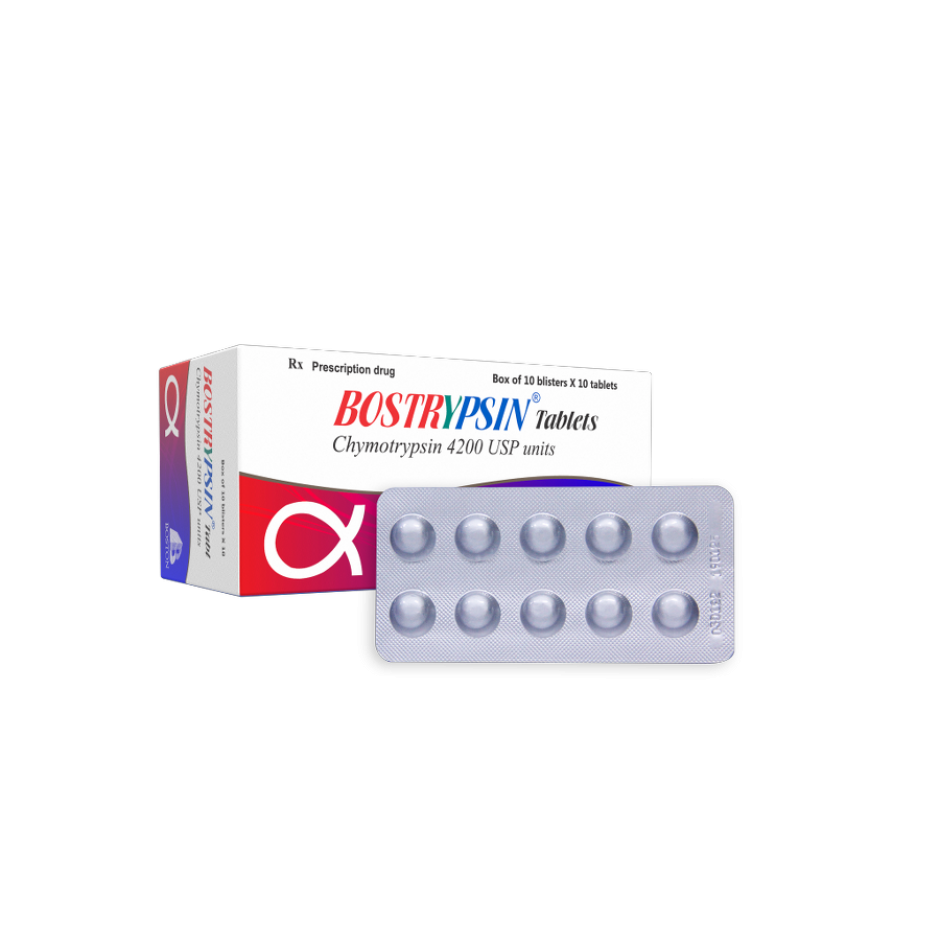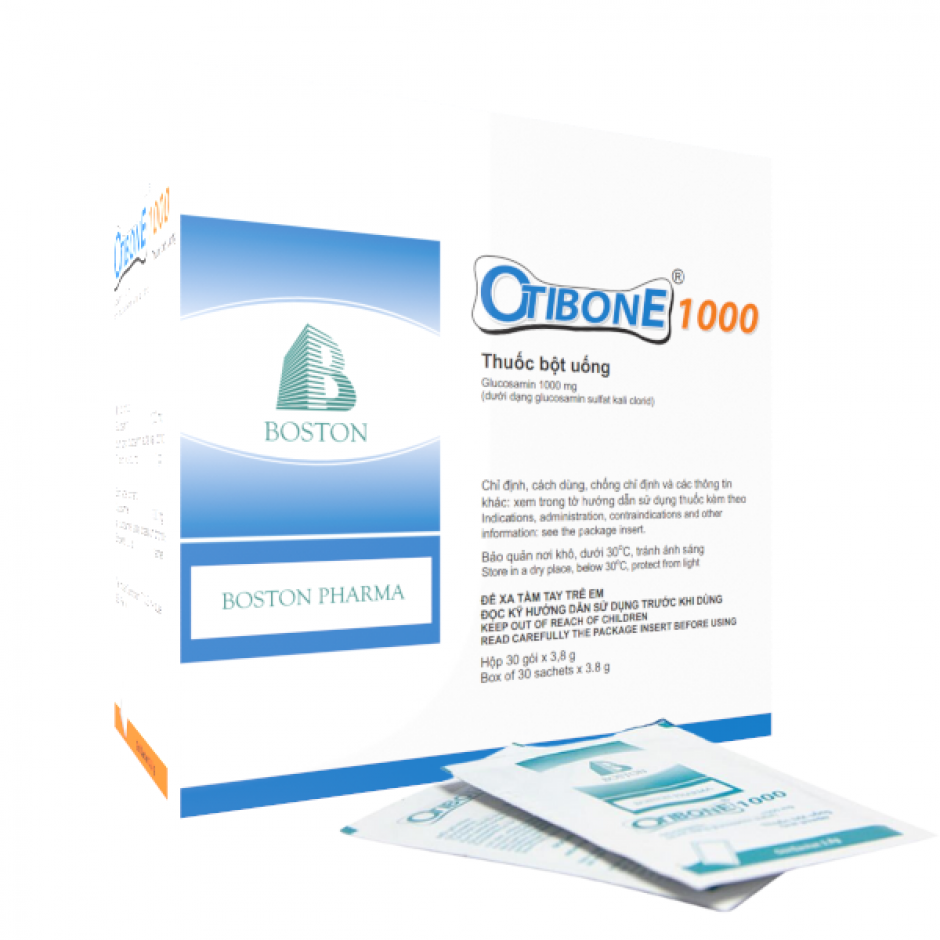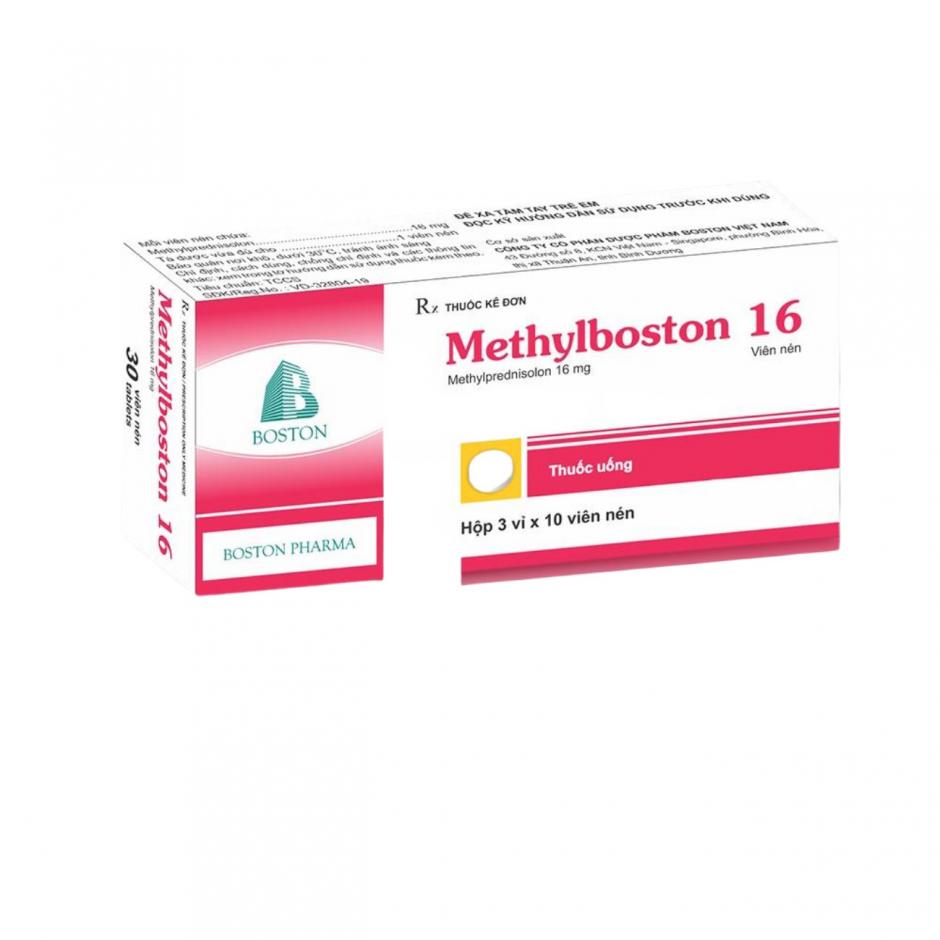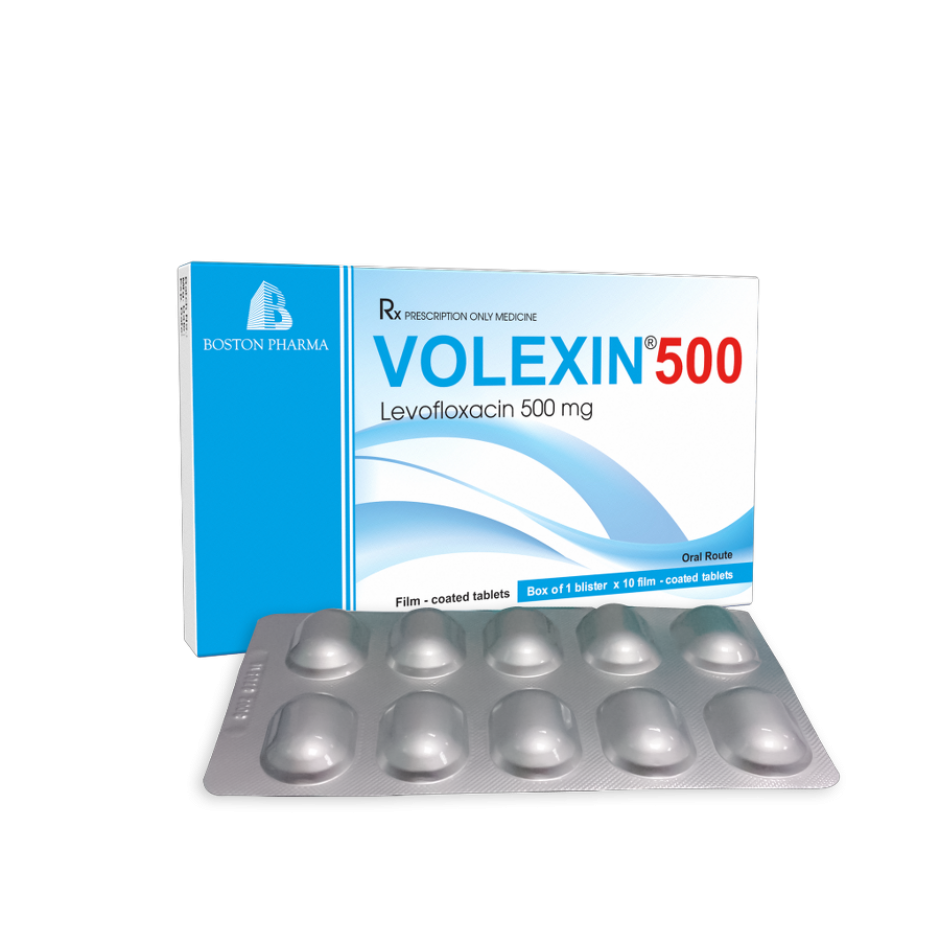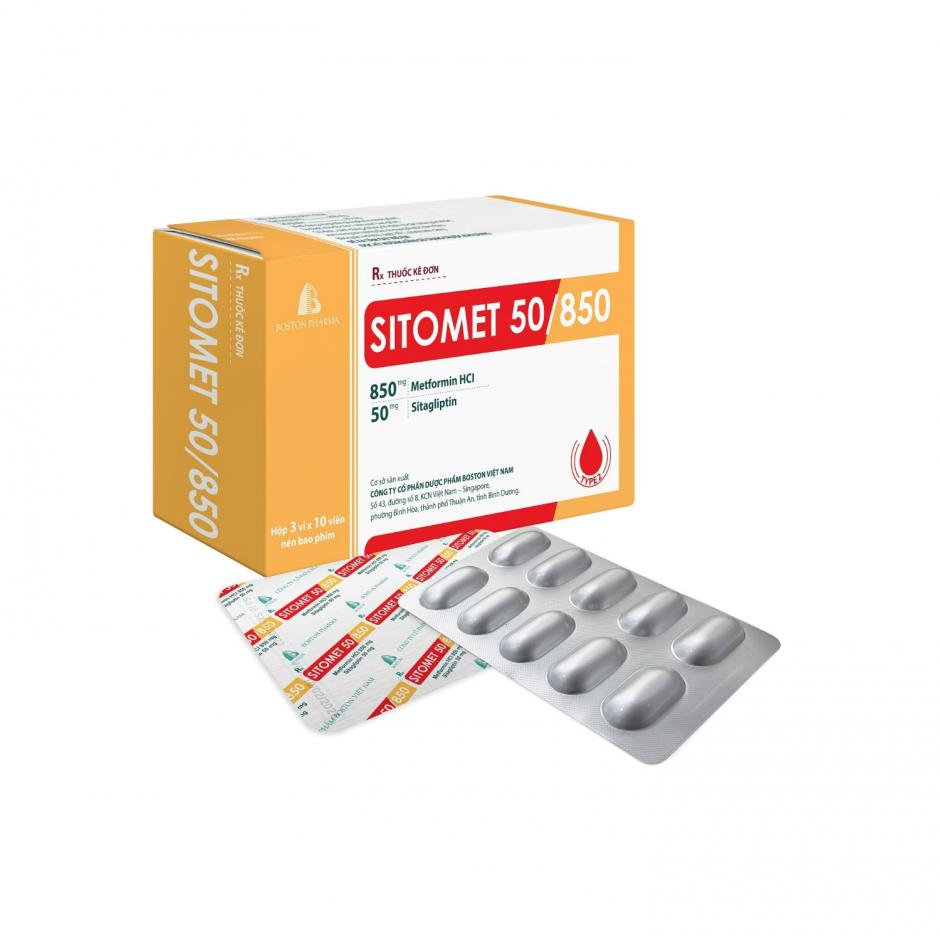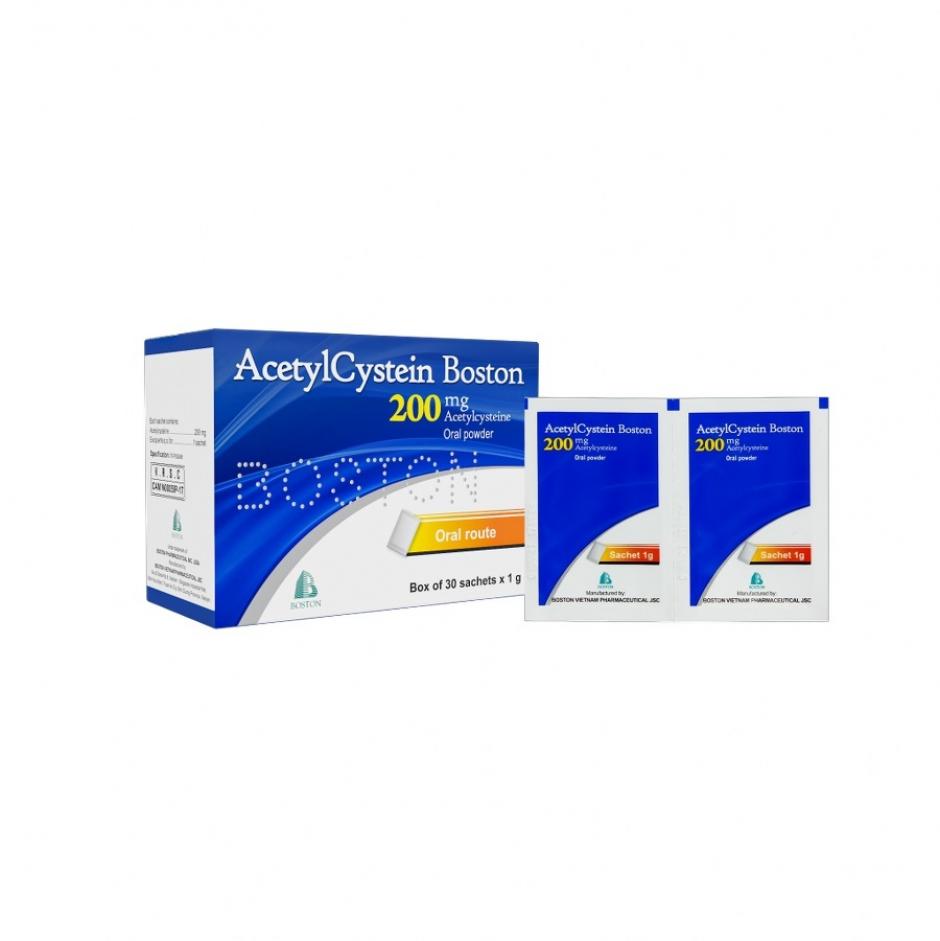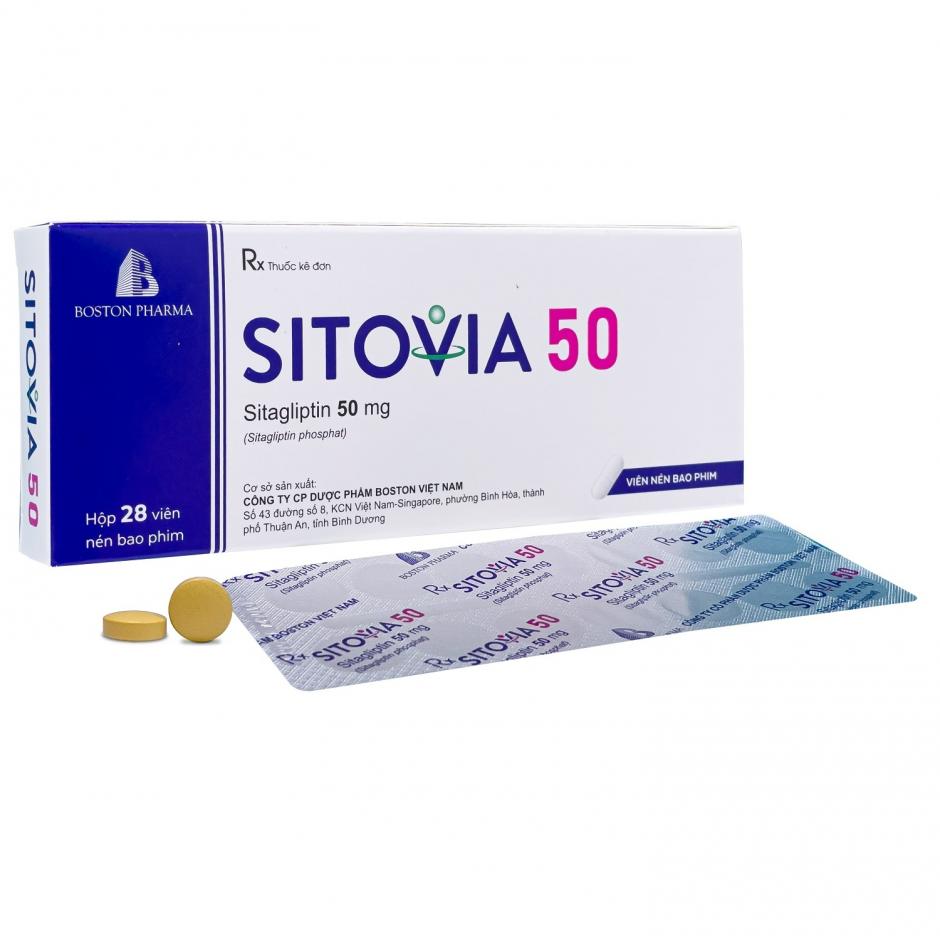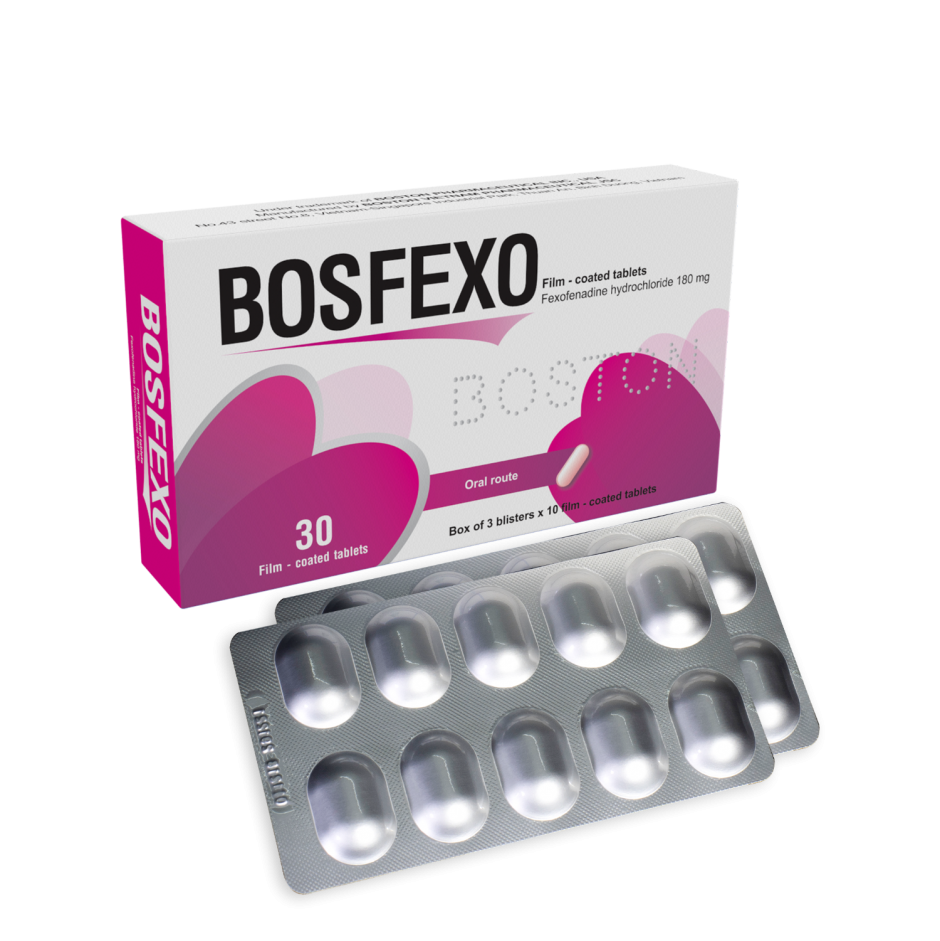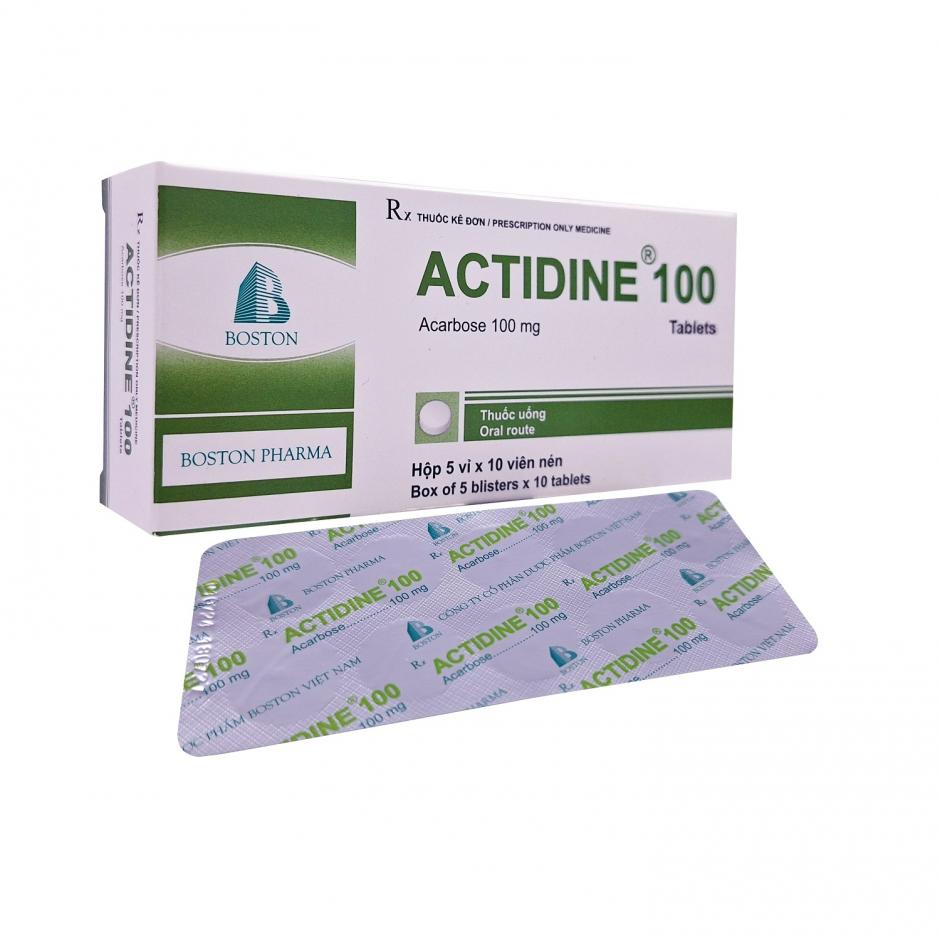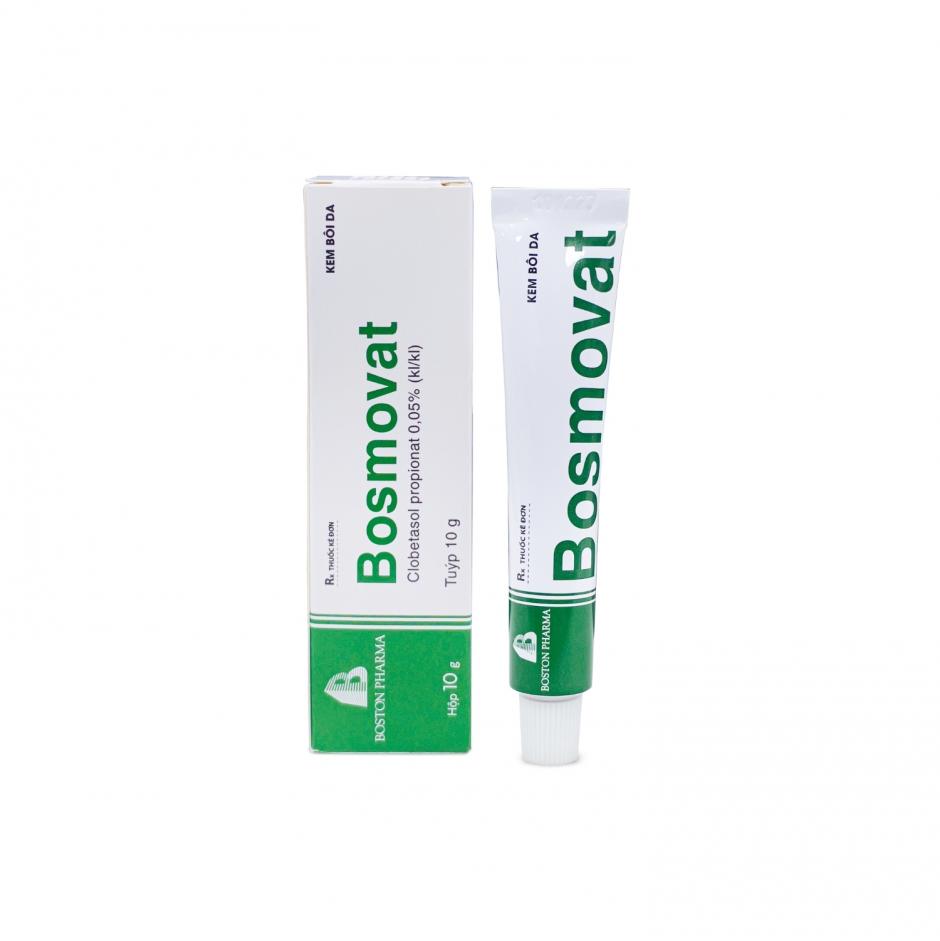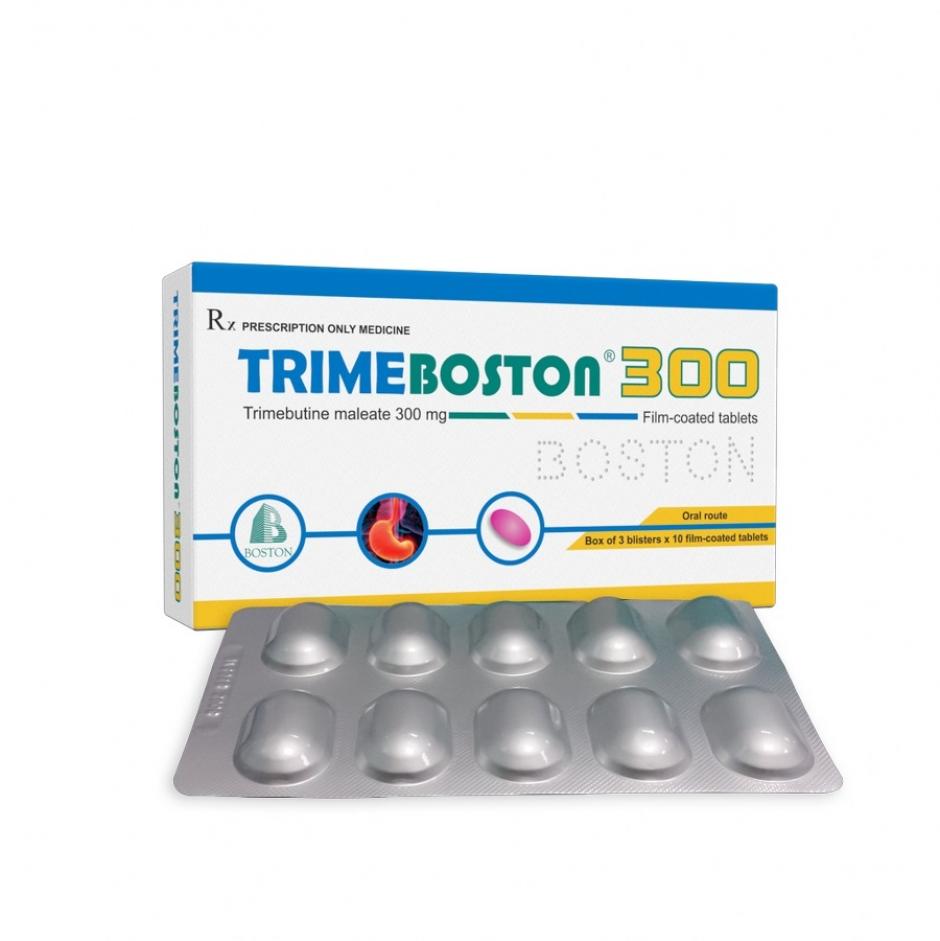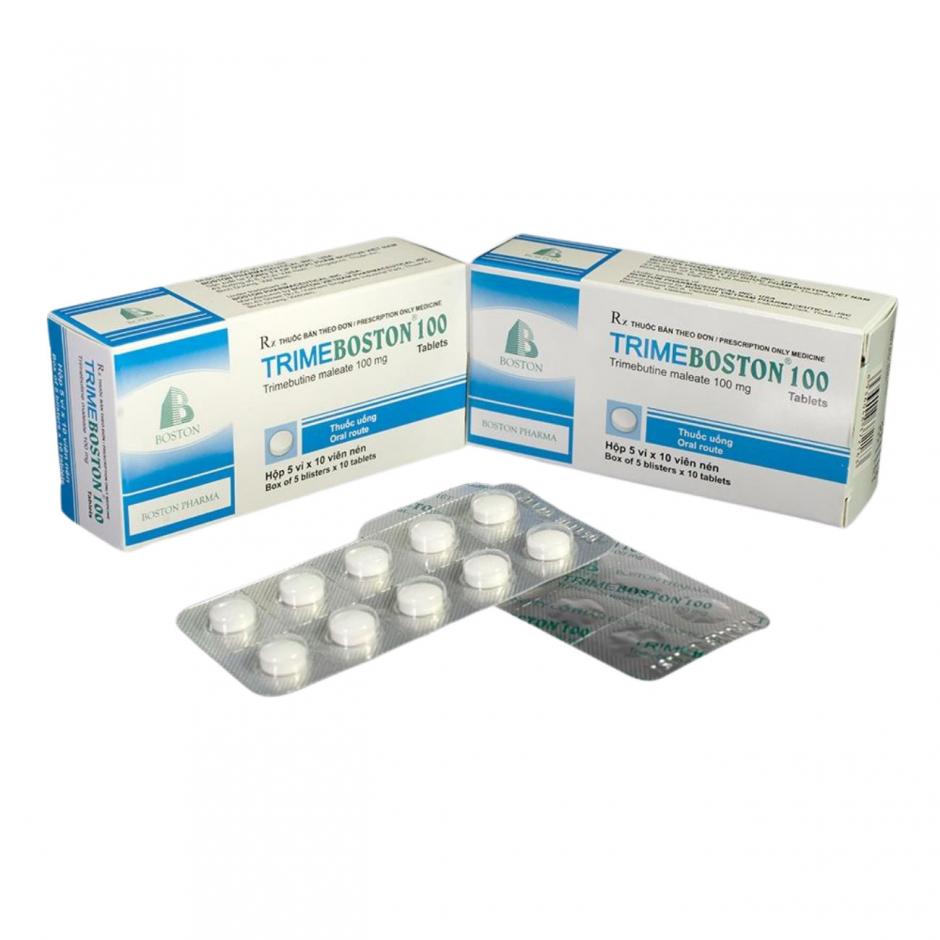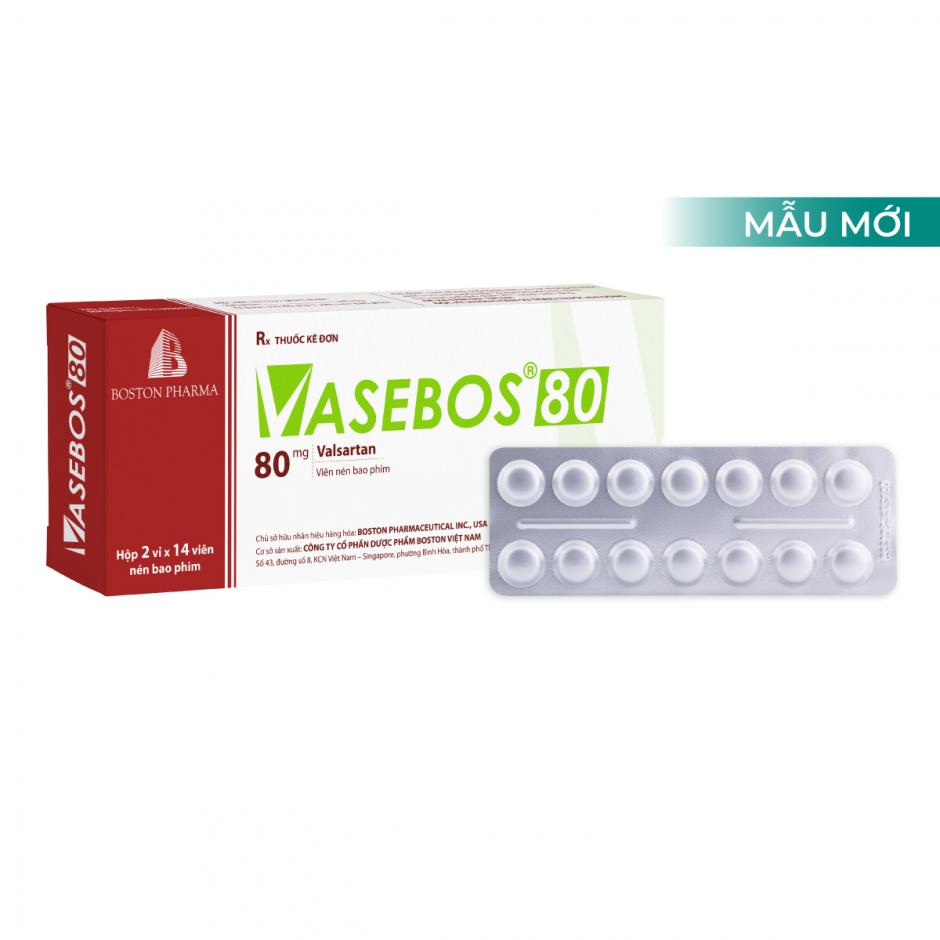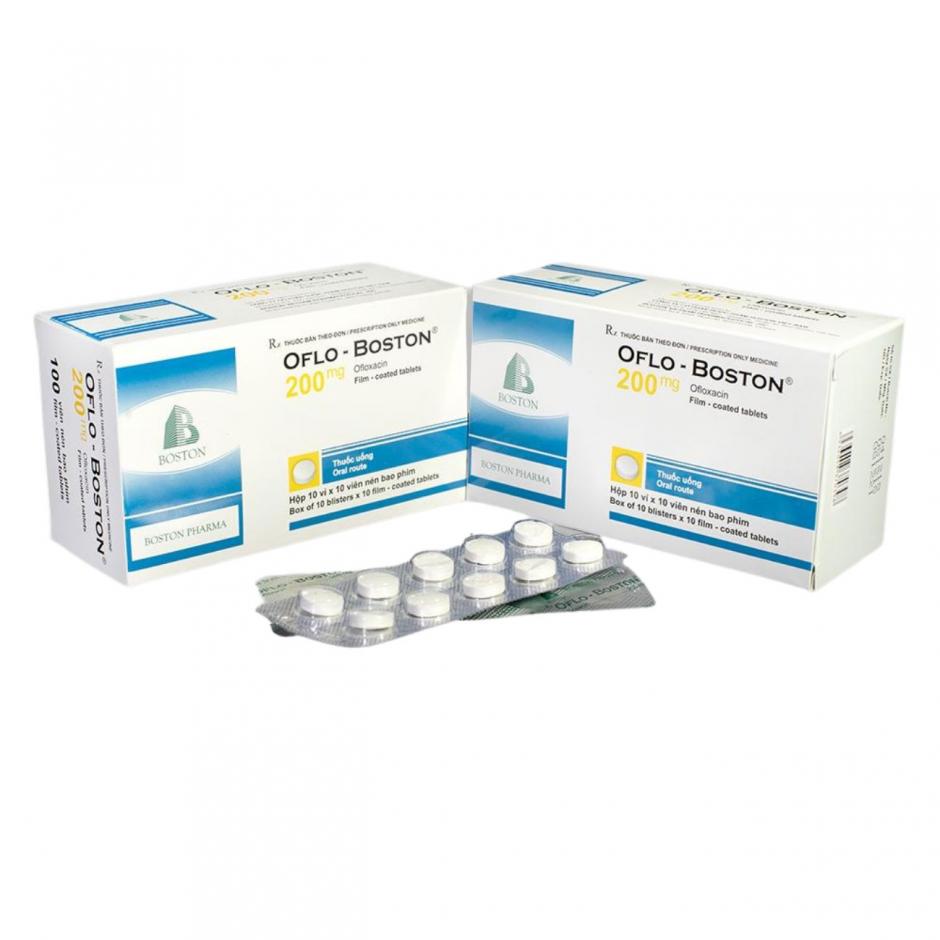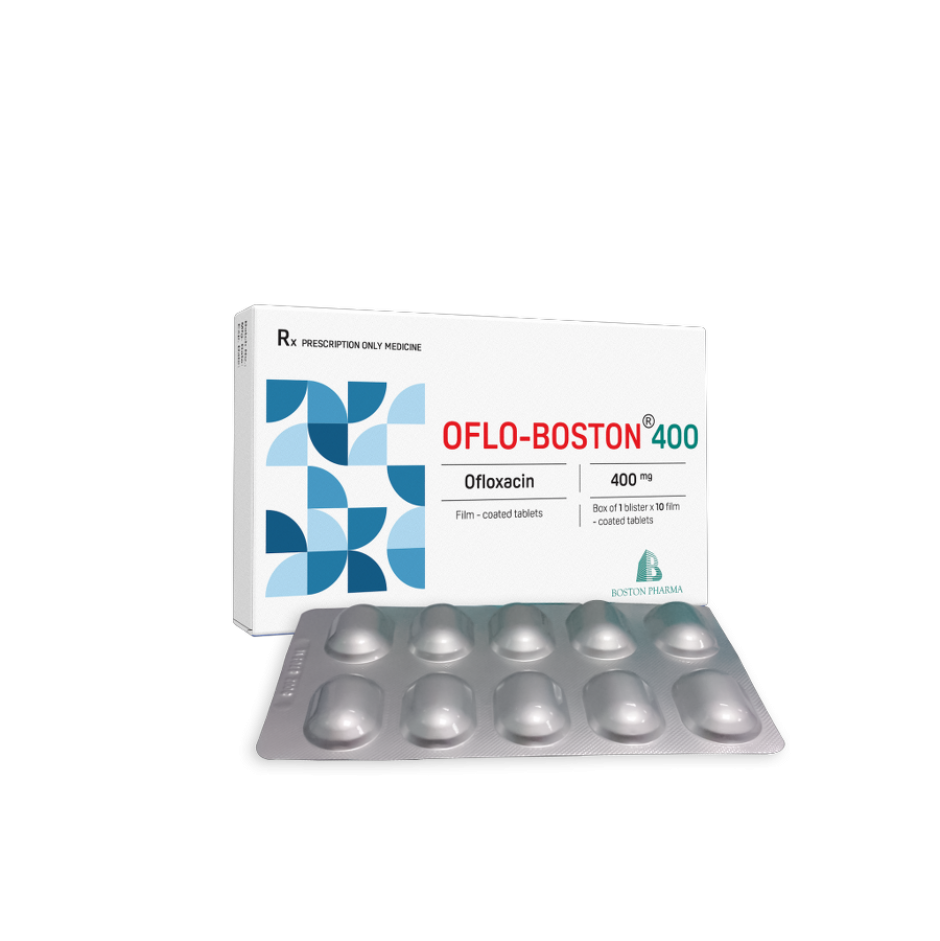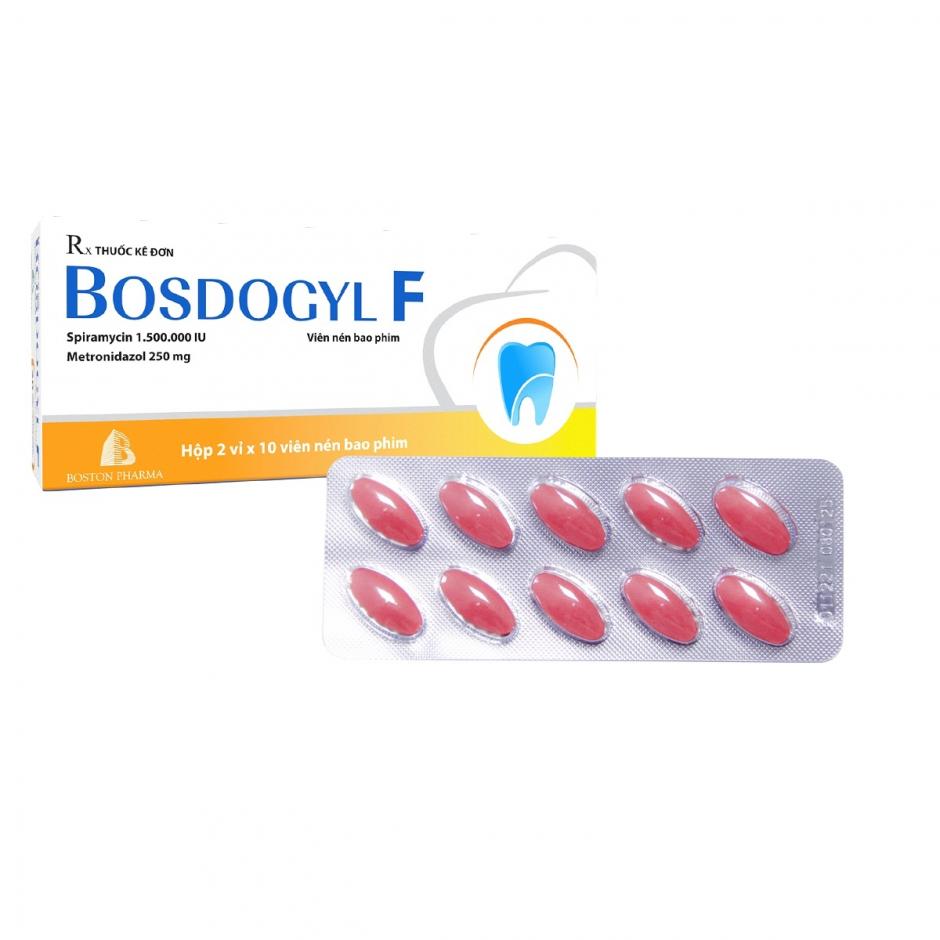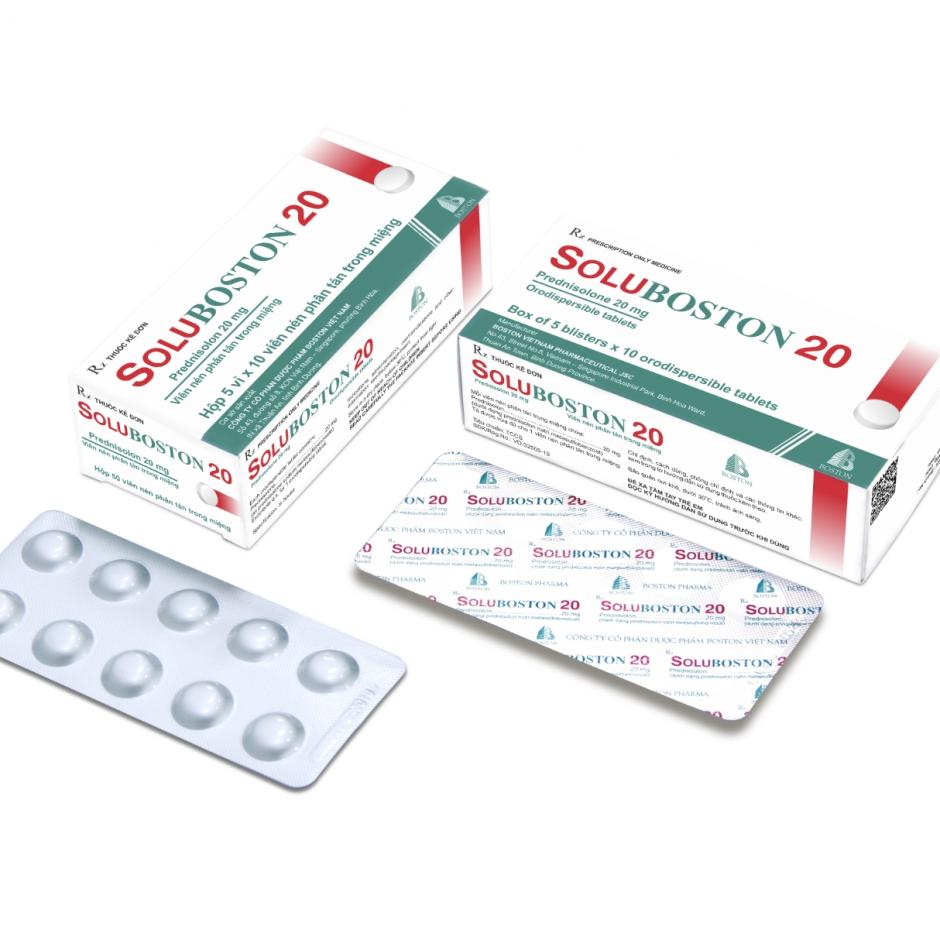- POSOLOGY AND METHOD OF ADMINISTRATION
Posology
For the treatment of allergy and pruritus:
Dosage must be determined on an individual basis. The effect of a single dose usually lasts for four to six hours. For continuous effective relief, the daily requirement should be given in divided doses, usually three times a day.
Adults: The therapeutic range is 4-20 mg a day, most patients requiring 12-16 mg a day. It is recommended that dosage be initiated with 4 mg three times a day and then adjusted according to the weight and response of the patient up to a maximum of 32 mg a day.
Children aged 7-14 years: Usually 4 mg two or three times a day, according to the patient's weight and response. If an additional dose is required, it should be given at bedtime. Maximum 16 mg a day.
Children aged 2-6 years: Initially 2 mg two or three times a day, adjusted according to the patient's weight and response. If an additional dose is required, it should be given at bedtime. Maximum 12 mg a day.
For treatment of vascular headache and migraine
For both prophylactic and therapeutic use, an initial dose of 4 mg, repeated, if necessary, after half an hour. Patients who respond usually obtain relief with 8 mg, and this dose should not be exceeded within a 4- to 6-hour period.
Maintenance: 4 mg every four to six hours.
Use in the elderly: Cyproheptadine Hydrochloride should not be used in elderly, debilitated patients. Elderly patients are more likely to experience dizziness, sedation, and hypotension.
Administration
For oral administration only
There is no recommended dosage for children under 2 years old, elderly and debilitated patients
- CONTRAINDICATIONS
Cyproheptadine Hydrochloride is contraindicated in:
• patients undergoing therapy for an acute asthmatic attack;
• pregnancy and breast-feeding mothers;
• patients with known sensitivity to cyproheptadine hydrochloride or drugs with similar chemical structure;
• concurrent use with monoamine oxidase inhibitors (IMAO);
• glaucoma;
• patients with a history of agranulocytosis
• patients with stenosing peptic ulcer,
• patients with pyloroduodenal obstruction,
• patients with symptomatic prostatic hypertrophy,
• patients with bladder neck obstruction;
• elderly, debilitated patients.
- WARNINGS AND PRECAUTIONS
Antihistamines should not be used to treat lower respiratory tract symptoms, including those of acute asthma.
The safety and efficacy of Cyproheptadine is not established in children under 2 years old.
Overdosage of antihistamines, particularly in infants and children, may produce hallucinations, central nervous system depression, convulsions, respiratory and cardiac arrest, and death.
Antihistamines may diminish mental alertness; conversely, particularly in the young child, they may occasionally produce excitation
Patients should be warned against engaging in activities requiring motor co-ordination and mental alertness, such as driving a car or operating machinery
Prolonged therapy with antihistamines may cause blood dyscrasias
Because Cyproheptadine has an atropine-like action, it should be used cautiously in patients with a history of bronchial asthma, increased intra-ocular pressure, hyperthyroidism, cardiovascular disease, or hypertension
Patients with rare hereditary problems of galactose intolerance, the Lapp lactase deficiency or glucose-galactose malabsorption should not take this medicine.
- Shelf-life
36 months from the manufacturing date. Do not use after the expiry date



_PERIBOSTON.jpg)
